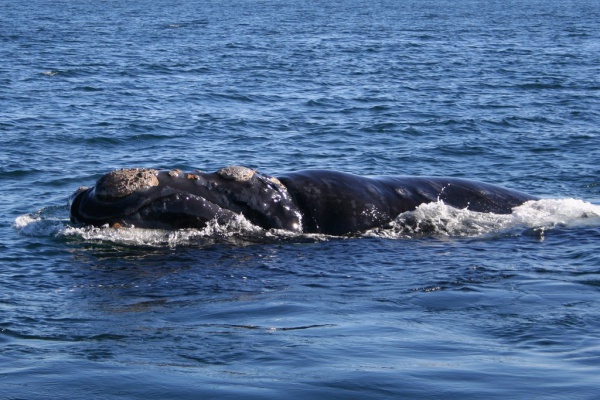Facts About Southern right whale
The southern right whale, a type of baleen whale, belongs to the genus *Eubalaena* and is one of three species collectively known as right whales. Initially believed to be a single species, scientists later identified distinct species within the genus based on genetic evidence indicating that northern and southern populations have not interbred for millions of years.
These whales are easily recognized by the rough patches of skin on their heads, known as callosities, their long, arching mouths, and the absence of a dorsal fin. Predominantly dark grey or black with some white patches, they are slightly smaller than their northern counterparts. The population of southern right whales is estimated to be around 10,000, with their presence primarily in the Southern Hemisphere.
Southern right whales are noted for unique behaviors such as tail sailing and frequent interactions with boats. They establish strong bonds with their calves and migrate to specific areas for breeding and calving. During the summer, they feed in the Southern Ocean near Antarctica and then migrate northward for winter breeding, appearing along the coasts of various countries.
Historically, these whales were extensively hunted, causing their numbers to decline drastically. Thankfully, conservation efforts have been implemented to protect these endangered creatures. Many countries have established protected areas and regulations to facilitate their recovery, and the species is listed as endangered under international agreements.
Southern right whales attract numerous whale-watching enthusiasts, particularly in regions like South Africa, Australia, South America, and Oceania. To support their recovery, many countries have designated breeding grounds and established guidelines for responsible whale-watching practices. Despite the challenges they have faced, ongoing efforts strive to conserve and protect these majestic whales for future generations to appreciate.

 Peru
Peru